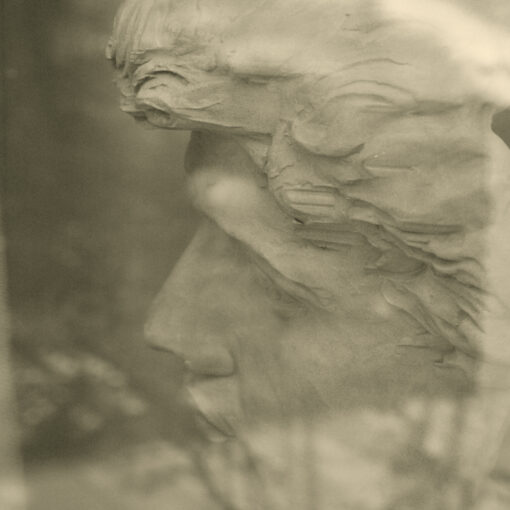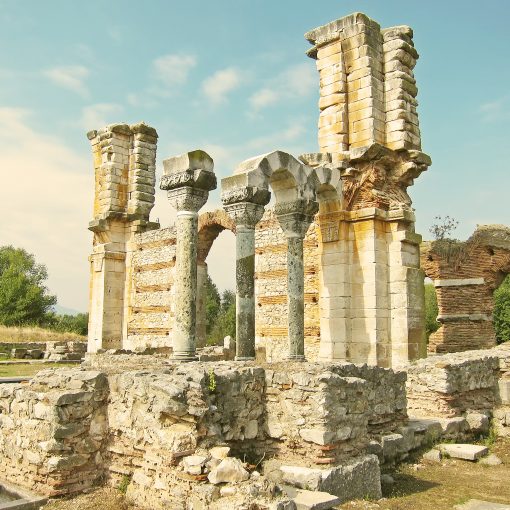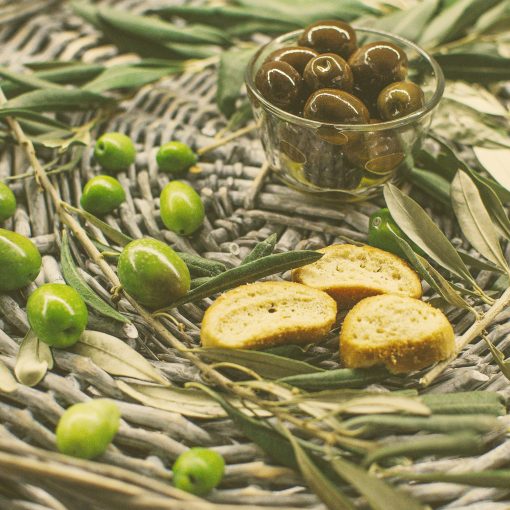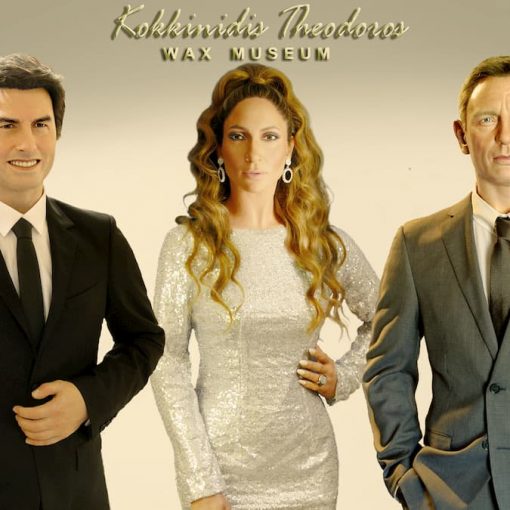GETAWAYS

Hiking on Mount Paggaio
Mount Paggaio radiate to the prefectures of Kavala and Serres. The highest peak is Koznitsa or “Mati” with an altitude 1.956 meters. At the top of Mount Paggaio was the sanctuary of Dionysus, which was under the control of the Satras. On the northern side of the mountain and at an altitude of about 600 meters, is the Holy Monastery of Panagia Eikosifoinissa. The north and west sides are smooth, the south is steep while the eastern side forms an amphitheater above the Nikisiani. There are five mountain shelters in Paggaio. The trails start from villages of Paggaio and convergence near the top of the mountain. From the beach start two trails for hiking on Mount Paggaio where someone can enjoy the forested landscape. However, anyone interested for the peaks can climb to the height they want with their car and climb on them within a day.
Summer in Paggaio reveals a mountain that is truly mythical, even bigger and more impressive than it looks in winter, almost mysterious, as it would seem in the eyes of a small child, offers many options for actions in nature and is an ideal place for those they love hiking in the woods.
Amphipolis
Amphipolis was an ancient city, built in eastern Macedonia, on the banks of the river Strymon. The modern settlement of Amphipolis currently has 147 permanent residents. In Amphipolis there are many archeological monuments and finds, such as:
– Leo of Amphipolis. The Lion of Amphipolis is a 4th century prefabricated plastic tomb. Leo of Amphipolis, although seated, is taller than the lion of Chaeronia; he is more than four meters tall and together with the pedestals he exceeds eight meters. Only his head is two meters long. Its construction began in the 4th century e.g. And it is used as a Macedonian monument.
– Kasta Tomb. The Kasta Tomb or simply Kasta Hill is the circular hill in the area of ancient Amphipolis. In September 2015 and according to the presentation of the results of the excavation team at the Kasta Tomb in terms of research conducted from 2012 to 2014, it was announced that the monument was built to order by Alexander the Great for Hephaestus.


Philippi Archaeological site
The ancient city of Philippi was originally (360 e.g.) a colony of the Thasians, named Krinides, but was soon conquered by the then mighty Philip II, king of Macedonia, who fortified the city and gave it his name. Since July 2016, the Philippine Archaeological Site has been included in the list of UNESCO World Heritage Sites.
Ancient theater of Philippi
The ancient theater of Philippi is located in the ancient city in eastern Macedonia, specifically in the Regional Unit of Kavala, in the area that was formerly called Krinides.


Monastery of Panagia Eikosifoinissis
The Monastery of Panagia Eikosifoinissis is built at an altitude of 753 meters, on the north side of Mount Paggaio. Many believers flock to the Monastery to worship the Virgin Mary of Eikosifoinissa with her handmade miraculous image, it is one of the largest pilgrimages in Macedonia.
Olive museum
The Olive Museum occupies an area of three acres and is a modern exhibition space.
Contact: Eleochori, 64007, Kavala
tel: +30 25940 92425, +30 6984 061141




Wax statues museum
Theodoros Kokkinidis was born in 1977 in Berlin. He lived and grew up in Kipia, Kavala, where he created the Museum of Wax Figures. There you will find face to face with great personalities of Greece and abroad.
Contact: Kipia, 64100, Eleftheroupoli, Kavala, tel: +30 6937 803780, +30 6976 519429, www.kerinaomoiomata.gr
